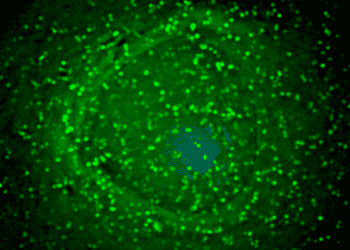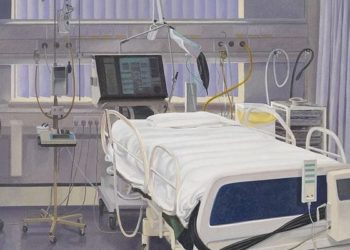Risk factors for acute kidney injury and mortality in high risk patients undergoing cardiac surgery
1. In a retrospective cohort study, several pre-operative and operative factors were found to be associated with acute kidney injury and future mortality.
Evidence Rating Level: 2 (Good)
Acute kidney injury (AKI) is a significant cause of morality amongst hospitalized patients, especially those undergoing cardiac surgery (CS). This study sought to evaluate the predictors of the onset of AKI in CS patients, as well as the role of cardiorenal markers on predicting individual prognosis overtime. It enrolled 160 patients (mean [SD] age = 51.2 (9.7), 74.7% male) from the CS unit at Magna Graecia University of Catanzaro (Italy). Patient demographics and preoperative data such as comorbidities, blood pressure, body mass index were collected. In this cohort, AKI occurred in 58 patients (34.2%) who were characterized by statistically younger age (mean age [SD] = 48.9 [8.1] vs. 52.3 [10.4], p = 0.040). Additionally, patients with an AKI had a lower pre-operative eGFR (mean eGFR [SD] = 63.5 [23.5] vs. 76.8 [21.4], p < 0.001). The study found that AKI was associated with higher extracorporeal circulation (ECC) and cross-clamp times (p = 0.036 and p = 0.053, respectively). After the operation, a higher percentage of patients in the AKI group required a blood transfusion (87.0% vs. 66.4%, p = 0.005). Additionally, a diagnosis of AKI was associated with a median of 3 day longer stay in the hospital (p = 0.001). The study did not find any differences in rates of sepsis, atrial fibrillation, and requirement of intra-arterial balloon pump between the two groups. The risk of AKI was found to vary by type of procedure with an odds ratio of 2.19 (95% CI: 1.07 – 4.47) when comparing patients who underwent valve, aortic, and combined surgery versus those who underwent an isolated coronary artery bypass grafting (CABG). The study found that a one unit decrease in blood pH was associated with a higher risk of developing an AKI (OR = 2.20, 05% CI: 1.22 – 3.97). Finally, the presence of hypoglycemia was determined to be a strong and significant predictor of an AKI (OR = 2.55, 95% CI: 1.06 – 6.15). Overall, this is one of few studies examining risk factors associated with higher rates of AKI, thus providing crucial insight to clinicians regarding a common problem. However, the smaller sample size limits the generalizability of this study and future research should focus on further examining the identified risk factors.
Click to read the study in PLOSONE
Image: PD
©2021 2 Minute Medicine, Inc. All rights reserved. No works may be reproduced without expressed written consent from 2 Minute Medicine, Inc. Inquire about licensing here. No article should be construed as medical advice and is not intended as such by the authors or by 2 Minute Medicine, Inc.







